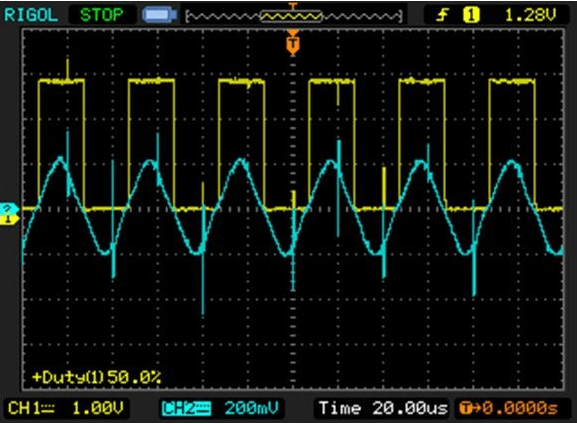I use a voltage sensor to measure the sinusoidal voltage signal attached to both ends, and get messy. I want to design a low-pass filter to filter out high-frequency interference signals. The problems are as follows:
1. Is there any relationship between the cut-off frequency of the low-pass filter and the measured signal? ;
2. Is there a better filter option?
The measurement signal is shown in the figure, the blue is the waveform at both ends of the sensor, and the yellow is the output of the zero-crossing comparator.

1. Is there any relationship between the cut-off frequency of the low-pass filter and the measured signal? ;
2. Is there a better filter option?
The measurement signal is shown in the figure, the blue is the waveform at both ends of the sensor, and the yellow is the output of the zero-crossing comparator.


